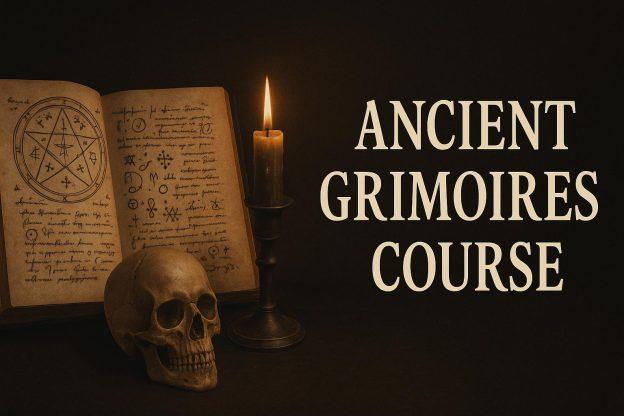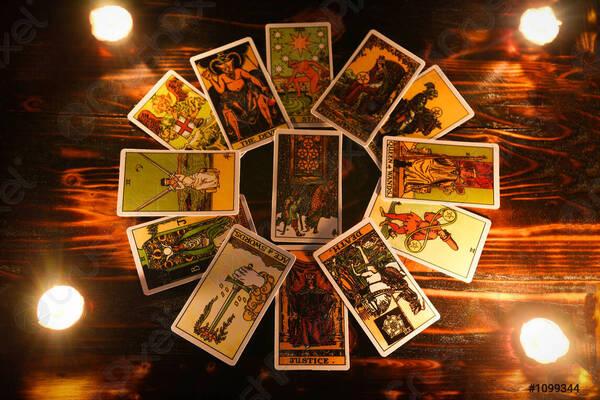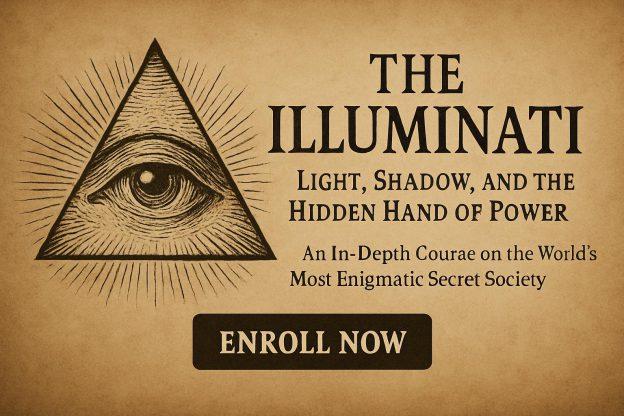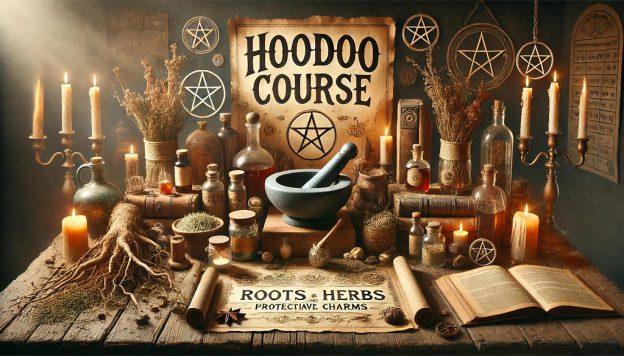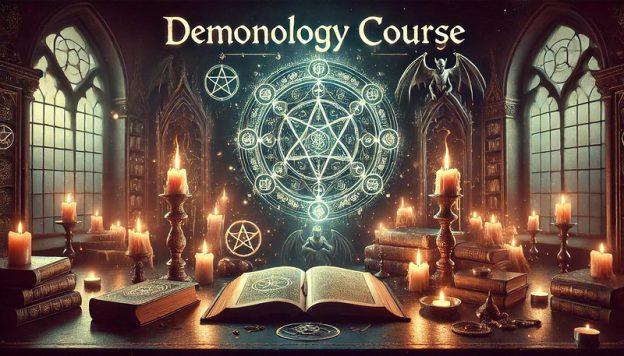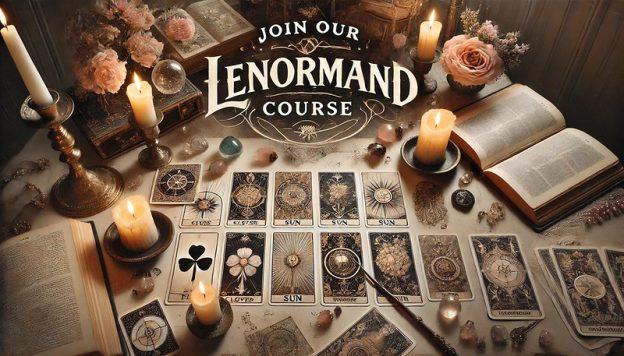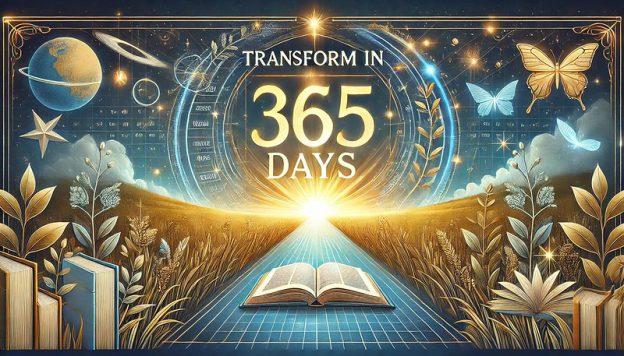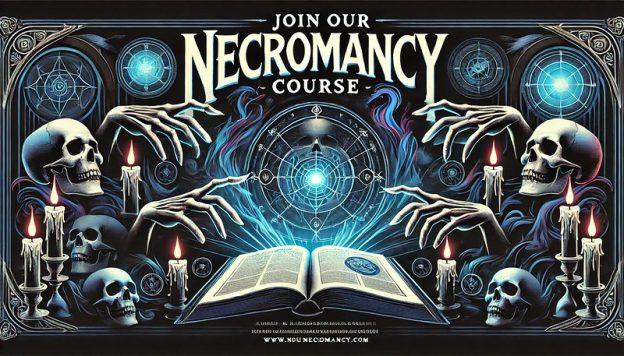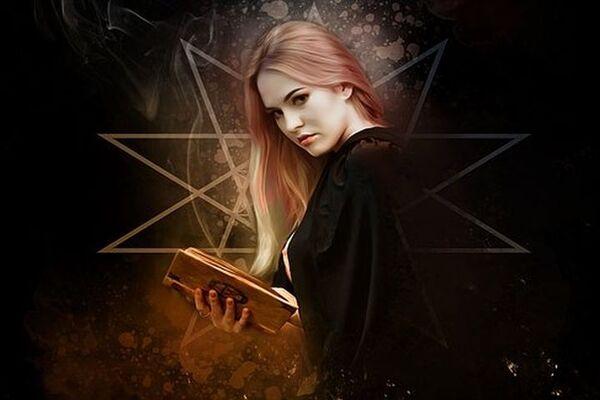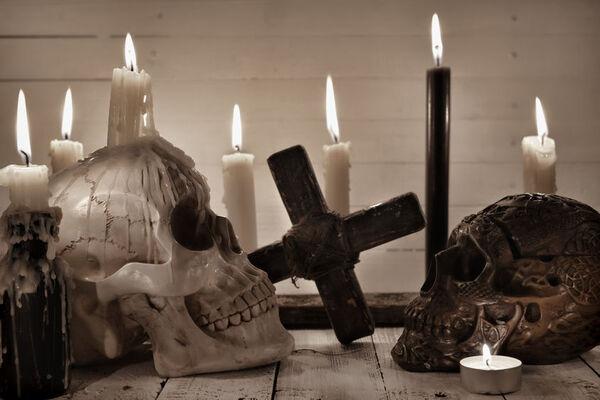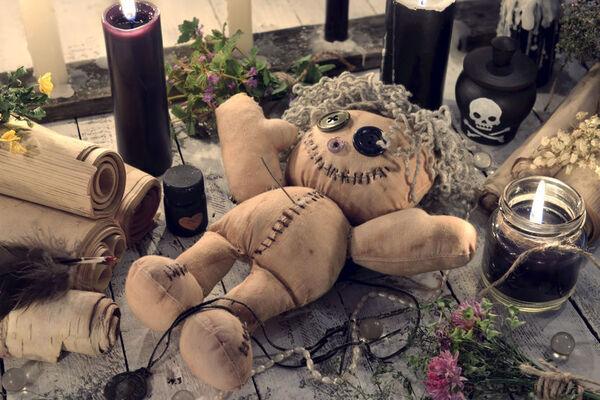Halahel
Halahel: The Ambivalent Demon of the Lemegeton
The Lemegeton Clavicula Salomonis (commonly called the Lesser Key of Solomon) is one of the most influential grimoires in Western occultism, comprising five books that catalog hierarchies of spirits, their sigils, and methods of summoning. Among its lesser-known entities is Halahel, a spirit described as “part good and part evil,” who operates under the dominion of Baal, a powerful demonic king. Halahel’s dual nature and obscure origins make him a fascinating study in the moral and symbolic complexities of medieval and Renaissance demonology. This article explores Halahel’s role, symbolism, and significance within the context of the Lemegeton and broader esoteric traditions.
Origins and Context
The Lemegeton’s fifth book, the Ars Theurgia-Goetia, focuses on spirits of mixed nature—neither wholly benevolent nor entirely malevolent—who govern specific directions, times, and earthly domains. These entities often serve as intermediaries between celestial and infernal realms, reflecting the Renaissance worldview that blurred rigid distinctions between “good” and “evil.” Halahel appears in this section as a subordinate of Baal (or Bael), a figure rooted in ancient Near Eastern religion but demonized in Judeo-Christian tradition as a lord of deception and materialism.
The name Halahel may derive from Hebrew or Aramaic roots. Some scholars propose a connection to halal (הלל), meaning “to praise” or “to shine,” combined with El (אל), a divine suffix. This etymology suggests a being whose nature straddles light and shadow—a “shining one” with dual allegiances. Alternatively, the name could relate to halah (חלה), meaning “to divide” or “to pierce,” hinting at his fragmented morality.
Description and Attributes
Halahel is described in the Ars Theurgia-Goetia as a spirit of contradictions:
- Dual Nature: He is explicitly noted as being “part good and part evil,” a rarity in demonology, where spirits are often categorized as wholly infernal. This duality suggests he may act as both a benefactor and a trickster, depending on the summoner’s intent and purity.
- Rank and Dominion: As a subordinate of Baal, Halahel likely holds a mid-level rank in the infernal hierarchy. His specific domain is not detailed in surviving texts, but spirits of the Ars Theurgia-Goetia often govern natural forces, hidden knowledge, or temporal affairs (e.g., wealth, health, or protection).
- Appearance: No explicit descriptions of Halahel’s form exist, but dual-natured spirits in the Lemegeton are frequently depicted with hybrid features (e.g., human and animal traits) or shifting visages to reflect their moral ambiguity.
Symbolism and Esoteric Significance
Halahel’s divided essence embodies several key themes in occult philosophy:
- The Union of Opposites:
Alchemical and Hermetic traditions emphasize the reconciliation of opposites (e.g., light/dark, spirit/matter) as a path to enlightenment. Halahel’s duality mirrors this concept, representing the tension between divine aspiration and earthly temptation. - Moral Ambiguity:
Unlike purely malevolent demons, Halahel’s mixed nature challenges the simplistic dichotomy of “good vs. evil.” He may symbolize the human capacity for both virtue and vice, urging practitioners to confront their own shadows. - Baal’s Influence:
As a servant of Baal—a demon associated with greed, power, and false idols—Halahel’s “good” aspects might be interpreted as seductive illusions, masking deeper corruptions. Alternatively, his benevolence could signify the potential for redemption even among fallen entities.
Ritual and Practical Considerations
Summoning a spirit like Halahel requires caution, as his unpredictable nature poses risks. The Ars Theurgia-Goetia prescribes strict protocols:
- Timing: Spirits of mixed nature are often linked to specific planetary hours or lunar phases. Halahel may be invoked during twilight, a liminal time symbolizing transition.
- Tools: A silver or copper seal (reflecting his dual essence) might be used, alongside traditional implements like the circle, triangle, and wand.
- Intent: Practitioners seeking Halahel’s aid must clarify their purpose, as his responses could vary wildly—offering wisdom or deceit depending on the summoner’s moral clarity.
Historical accounts of Halahel’s summoning are scarce, suggesting he was either rarely invoked or his interactions were kept secret due to their perilous nature.
Cultural and Modern Interpretations
In contemporary occultism, Halahel’s duality resonates with psychological and archetypal frameworks:
- Jungian Perspective:
Carl Jung viewed demons as manifestations of the unconscious. Halahel could represent the shadow self—the repressed aspects of the psyche that hold both creative and destructive potential. - Neopagan and Chaos Magic:
Modern practitioners might work with Halahel as a symbol of balance or a guide through ethical gray areas. His dualism aligns with postmodern rejections of absolute morality. - Literary and Artistic Influence:
Halahel’s ambiguity inspires characters in fantasy and horror genres, embodying the trope of the “fallen angel” or morally complex antagonist.
The Paradox of Halahel
Halahel remains an enigmatic figure, emblematic of the Lemegeton’s nuanced approach to spiritual forces. His existence challenges us to grapple with complexity—to recognize that light and darkness coexist not only in the cosmos but within ourselves. Whether viewed as a dangerous trickster, a psychological archetype, or a relic of Renaissance syncretism, Halahel’s legacy endures as a testament to humanity’s eternal fascination with the mysteries of good, evil, and the spaces between.
“For every spirit divided against itself cannot stand—yet in division, there is power.”
—Adapted from the Ars Theurgia-Goetia
SOURCE:
The Encyclopedia of Demons and Demonology – Written by Rosemary Ellen Guiley – Copyright © 2009 by Visionary Living, Inc.
